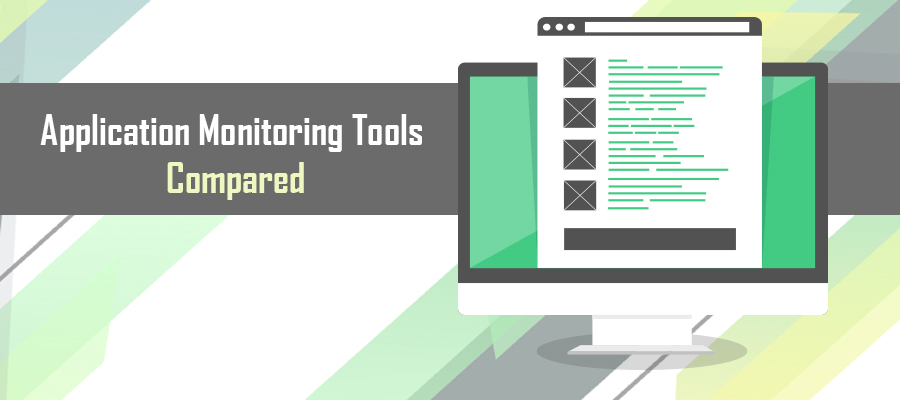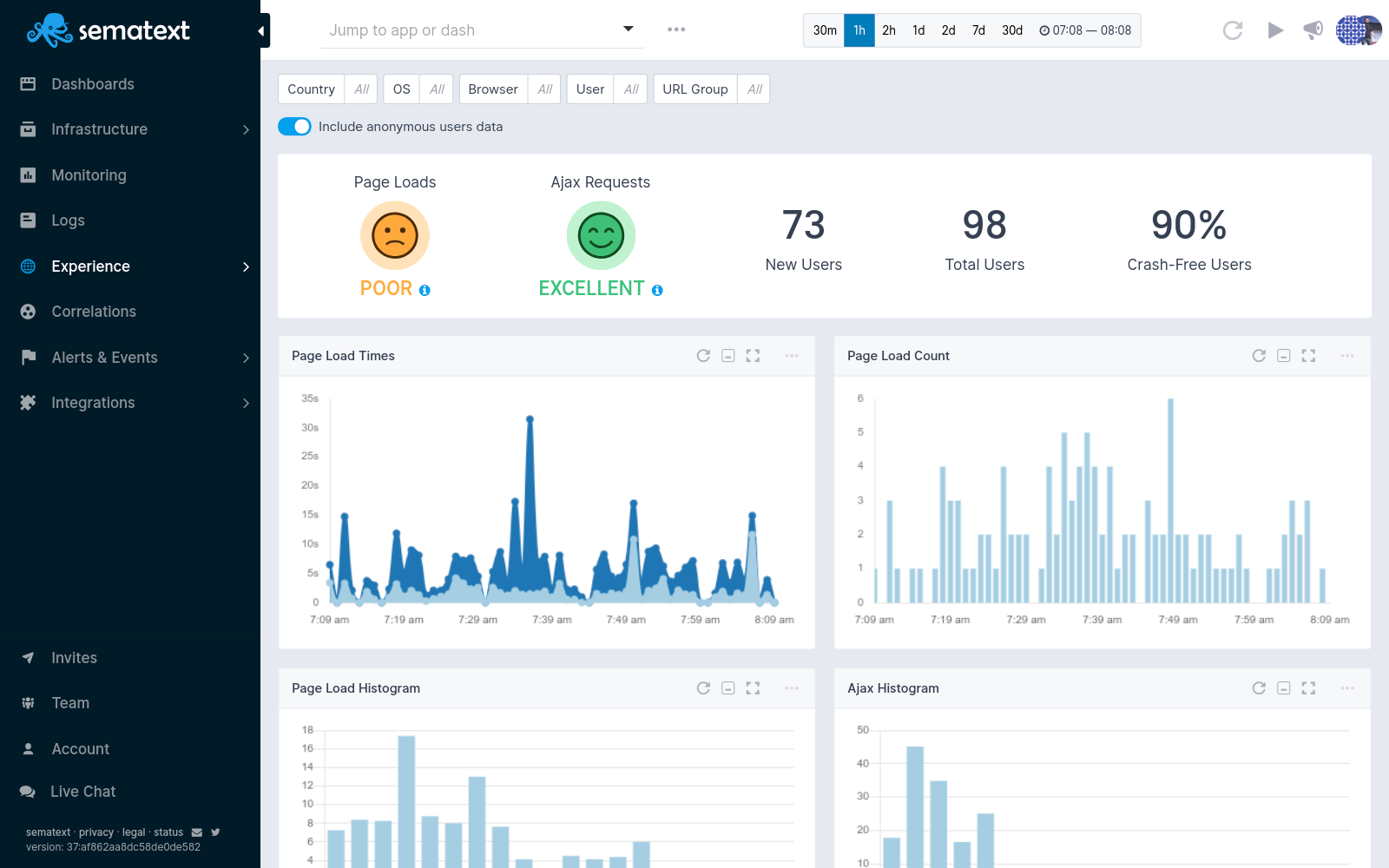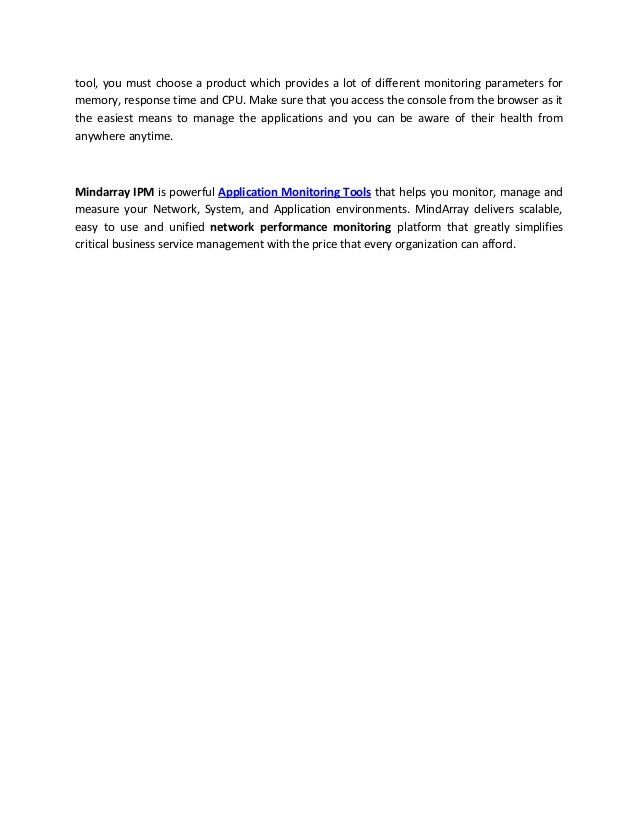

Throughput: The amount of data that transfers over the network per unit of time. Latency: The time it takes for a packet to travel from one point on the network to another. Packet loss: The percentage of packets lost in transit. Many different types of metrics can help monitor a network, including:

We can use this data to identify and troubleshoot problems, as well as plan for future capacity needs. Network monitoring is collecting and analyzing data about a system network's performance. Now that we’ve considered client-side issues, we need to look at what happens between the client and our application. It can help you identify performance bottlenecks, errors, and user-specific issues. Overall, client-side monitoring is valuable for tracking how users interact with your application. This information can help identify the steps that led to an error. This ability is a DOM recorder that captures all user interactions during a session. This ability can help us see what the user was doing when the error occurred.įor web applications, client-side monitoring can also record a session replay. On mobile, client-side monitoring can snap a quick screenshot when an error happens. This information can help identify user-specific issues, such as errors that only occur on specific devices or browsers. The following image is a screenshot of Sentry’s Issue Details page that shows the captured stack trace of a certain error: Session replay and user interaction trackingįinally, client-side monitoring can also track user interactions. A stack trace is a list of all the functions that the application called leading up to an error, and this information can help identify the root cause of an error. Stack tracesĪnother critical aspect of client-side monitoring is tracking stack traces. For example, if the tracing sample rate is 0.4, then 40% of sessions will be traced. The tracing sample rate is the percentage of sessions your tool tracks. When profiling, you can choose to capture a profile for every n sessions, or you can specify a tracing sample rate.

WEB APPLICATION MONITORING TOOLS ANDROID
The following image is a screenshot of a dashboard in Sentry that shows a profile captured during the execution of end-to-end tests of an Android app: This helps you identify performance bottlenecks and zero in on the exact cases. Profiling allows you to capture a snapshot of your application's resource usage, called a profile, and connect that snapshot to your codebase so you can directly map resource usage to lines of code. Profiling is another important aspect of client-side monitoring. Metrics such as Apdex, Failure Rate, Throughput, Latency, User Misery for all types of projectsĭevice type (including desktop and mobile)īreadcrumbs (user navigation and interaction) Mobile vitals including App Start, Slow and Frozen frames, TTID, TTFD for mobile Web vitals including First Paint, First Contentful Paint, Cumulative Layout Shift, Largest Contentful Paint, First Input Delay, Time To First Byte Some of the specific metrics and details that client-side monitoring can track include: Many different factors outside of the application owner’s control may contribute to degradation in client-side performance, such as latency due to the last-mile ISP or the condition of the user’s device. It measures things like response times, error rates, and user satisfaction. Client-side monitoringĬlient-side monitoring tracks how users interact with your application. We'll cover the three main parts of the monitoring chain today for web and mobile applications: the client-side, the network, and the server-side. We will use Sentry to illustrate some points and as a resource in this blog post.
WEB APPLICATION MONITORING TOOLS HOW TO
The benefits of implementing full coverage instead of just focusing on systems metricsīy the end of this blog post, you will have a better understanding of why and how to monitor your applications from end-to-end and improve their availability and performance resulting in happier users and developers alike. The different parts of the monitoring chain You can also use this information to identify potential issues and take steps to prevent them proactively. We’ll explore how Sentry can help identify errors and crashes in your application, and how Google Cloud can help you identify performance issues by tracking metrics such as CPU and memory usage. You can identify and fix performance issues quickly by monitoring your applications "end-to-end" using Sentry performance monitoring and Google Cloud.


 0 kommentar(er)
0 kommentar(er)
